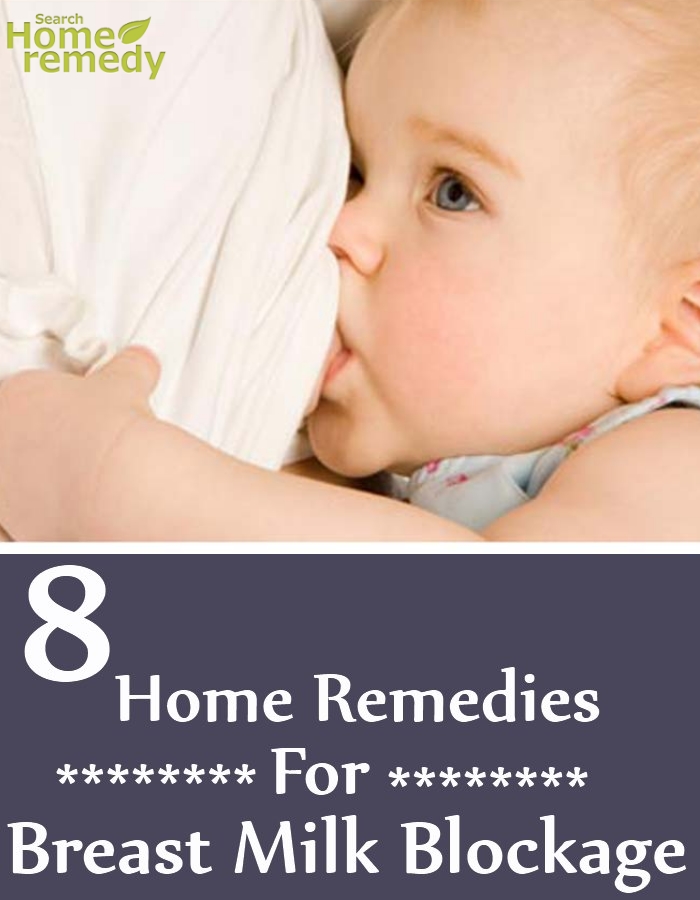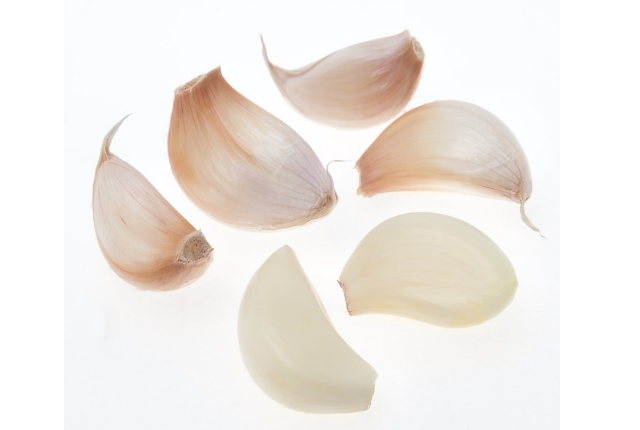Table of Contents
A milk duct can get clogged, plugged, or blocked, and can cause a medical complication in women who breastfeed. The hard lump that gets formed in the breast, during the course of the condition, is a common symptom found in many women affected with the clogged ducts. This lump mostly is adjacent to the nipple of the breast (the Areola). The body area may be engulfed by pain when touched, and the skin around the area may also change to the red color. A milk duct can get blocked because of a number of reasons. Cold, flu, a tight bra, skipping of milk feeding sessions, sleeping on the stomach, insomnia, and stress, among other reasons, may cause the condition. The home remedies here help you overcome the situation in not more than 5 days. While the situation will not repeat itself when healed through the use of home remedies, it requires further diagnosis and evaluation when it persists. The blocked duct condition can be easily overcome through some home remedies. If it persists, a more serious kind of infection, by the name Mastitis, might be affecting the person. Blood/pus may also get discharged along with milk during a feed, chills/fever may occur, and the adjoining lymph nodes in the area may get enlarged. In this condition, a physician’s advice and consultation is necessary.
Here Are 8 Home Remedies For Breast Milk Blockage
1. Heat Compress
Heat can be applied to the affected area of the breast, so that the breasts can drain properly. You can use a warm compress bag, or a cotton towel (soaked in lukewarm water), for the purpose. Apply heat to the breasts at least twice every day, until the milk flow is normalized.[1]
2. Lecithin
Lecithin is the name given to the fatty substances that are found in both animals and plant tissues. The lecithin supplements act as lubricants or emulsifiers, when consumed. As lecithin increases the amount of the poly-saturated fats in the breast milk, the milk gets thinner and less sticky, and can be easily drained. To prevent the symptoms of the clogged breasts, consume one 1200 mg capsule of the supplement, 3 times during the day, for a period of 2 weeks.[2]
3. Vitamin C
The natural antioxidant Vitamin C fights inflammation and redness that surround the clogged breasts. It also improves the immune system strength, and fights the stress that is often the cause of the clogged pores. You can take the 500 mg supplement of the vitamin each day, for as long as you breastfeed. Citrus fruits, tomatoes, broccoli, and the green peppers are also rich in the vitamin, and should be included in the diet.[3]
4. Garlic Cloves
Garlic has ingredients that can reduce both pain and inflammation, which are caused by the clogging of the pores. Eat a raw garlic clove at regular intervals throughout the day, until your pain and inflammation are completely gone. You can use the remedy along with the posture adjustments.[4]
5. Probiotics
The probiotics sold in the pharmacies, contain L. Salivarus and L. Fermentum cultures that can prevent and heal the symptoms of Mastitis. Consult the doctor to know more about the amount of the supplement you should consume. Many probiotic sachets come along with the dosage instructions.[5]
6. Lavender
Lavender can lower the inflammation caused by the clogged breast pores. Make the lavender tea, and soak a clean cotton cloth in it. Let the cloth cool sufficiently, and apply it on the breast when it gets lukewarm. You can follow the remedy few times during the week.[6]
7. Aloe Vera
Aloe Vera has an anti-inflammatory action, and can fight the pain associated with the clogged breast condition as well. Extract the gel from a freshly cut Aloe Vera leaf, and apply it on the affected area. Let the application sit for a few minutes, and then wash, before breastfeeding. You can make the remedy 3 times during the week, at regular intervals.[7]
8. Pine Apple
Pine apple juice contains Bromelain, a substance that can reduce inflammation. The juice of the fruit has other vitamins and minerals as well, which keep the mother healthy. Drink the fresh and pure juice of the fruit more often, during the breastfeeding time period.









